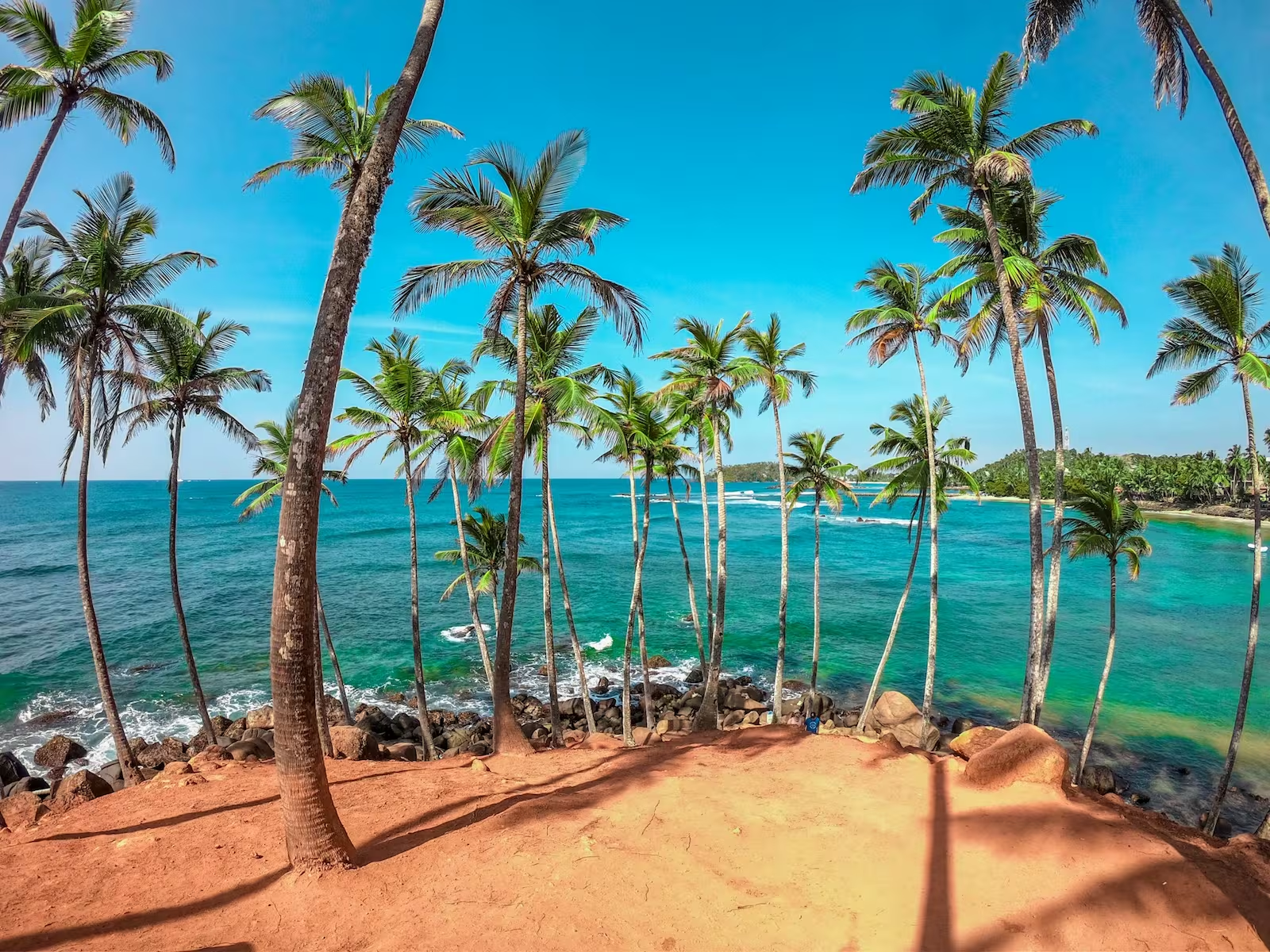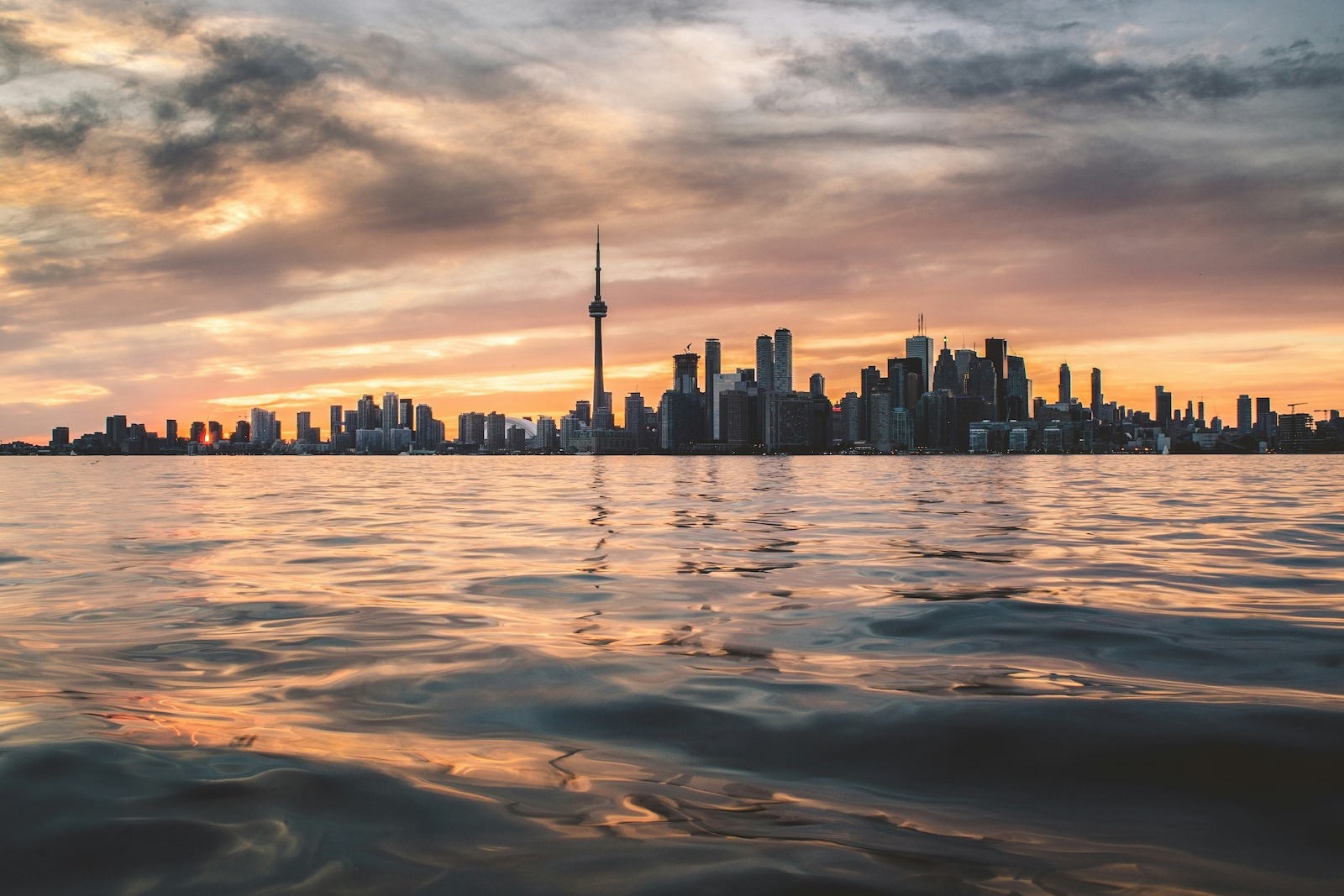Azores island hopping is the perfect way to explore the breathtaking beauty of The Azores Islands, a stunning archipelago in Portugal. From hiking the volcanic peaks of Pico Island, Azores, Portugal, to relaxing on golden beaches in Santa Maria, Azores tours offer something for every traveler. Whether you’re flying between islands or taking scenic ferry rides, this guide will help you plan the ultimate Azores Portugal getaway!
What is the Best Month to Visit The Azores Islands?
When planning your Azores island hopping adventure, timing is everything. The Azores, a stunning archipelago of nine volcanic islands located about 1,500 km off the coast of Portugal in the Atlantic ocean, boasts a mild, maritime climate year-round. However, the weather in the Azores is famously unpredictable, so no matter when you visit, packing warm layers is a must! Even in the peak of summer, sunny days aren’t guaranteed, and temperatures remain comfortably mild rather than scorching hot.

Best Time for Warm Weather and Outdoor Adventures
If you’re dreaming of drier, sunnier days to explore the islands, plan your trip between June and September. These months are ideal for Azores tours and outdoor activities like hiking, whale watching, and exploring the dramatic landscapes of Pico Island, Azores, Portugal. July is typically the driest month, while August is the warmest, with average temperatures hovering around a pleasant 22°C (72°F). However, a word of caution for budget-conscious travellers: August is also the busiest month, drawing the most visitors to The Azores Islands, which means accommodations and flights are at their priciest.

Winter in the Azores: A Cozy but Rainy Escape
Traveling to the Azores between October and March is a different experience altogether. During these months, the islands are often shrouded in clouds, fog, and frequent rain. While this can create a moody, atmospheric vibe perfect for cozying up in charming Azorean cabins or enjoying scenic drives with a curated playlist, it’s not the best time for Azores island hopping. The wet conditions can limit access to the archipelago’s incredible outdoor activities, from hiking lush trails to exploring volcanic craters and soaking in natural hot springs.

Where to Start: Flying into the Azores
Your Azores island-hopping adventure begins with your arrival point. Most travelers fly into Ponta Delgada Airport on São Miguel, the largest and most accessible island. Ponta Delgada offers direct flights from several European and North American cities, making it a convenient starting point for Azores tours.
For more flexibility in your route, consider flying to mainland Portugal first. From Lisbon, you can catch direct flights to multiple Azores islands, including:
- São Miguel (Ponta Delgada)
- Terceira (Lajes Airport)
- Pico Island, Azores, Portugal (Pico Airport)
- Faial (Horta Airport)
- Santa Maria
Flying from Lisbon to the Azores takes approximately 2.5 hours and opens up more options for exploring both larger and smaller islands.

Azores Island Hopping by Plane or Boat: What’s the Best Option?
Getting around the Azores requires a mix of flights and ferry rides, depending on your itinerary. Here’s a breakdown of the pros and cons of each option to help you plan your Azores tours effectively.
Navigating The Azores Islands by Plane
For longer distances or islands in different groups, flying is often the most efficient choice. Azores Airlines, the local carrier operated by SATA, offers inter-island flights that connect the archipelago seamlessly.
Pros:
- Ideal for covering longer routes quickly, allowing you to visit more islands in less time.
- Essential for reaching islands that aren’t connected by ferry services.
Cons:
- Flights aren’t budget-friendly, with one-way tickets averaging around €100. Costs can add up if you’re hopping between multiple islands.

Explore Azores Portugal by Boat
For shorter routes, ferries are a budget-friendly and eco-conscious option. Atlanticoline is the main ferry operator, offering a “Multiple Trips” option that’s perfect for Azores island hopping.
Pros:
- Affordable, with tickets averaging €12 per trip.
- Reliable and well-connected routes between nearby islands, particularly within the Central Group.
- A scenic and relaxing way to travel, offering stunning views of the Atlantic Ocean.
Cons:
- Limited to islands within the same group, so you can’t reach all nine islands by ferry.
- Ferries don’t run daily, so you’ll need to plan your schedule carefully.

Tips for Navigating the Azores
To maximize your Azores Portugal ialn hopping experience, we recommend combining both transport methods:
- Use ferries to explore islands within the same group (e.g., Pico, São Jorge, and Faial in the Central Group).
- Opt for flights to travel between island groups (e.g., from São Miguel in the Eastern Group to Flores in the Western Group).
By planning ahead and choosing the right mix of flights and ferries, you’ll unlock the full potential of your Azores island-hopping adventure. Whether you’re marveling at the volcanic landscapes of Pico Island, Azores, Portugal, or soaking in the natural beauty of The Azores Islands, seamless travel logistics will ensure an unforgettable journey.

Which Are the Best Azores Islands to Visit?
The Azores archipelago is a treasure trove of natural beauty, with each of its nine islands offering something unique. While all the islands are stunning, some stand out for their exceptional landscapes, activities, and charm. Here’s a detailed guide to help you decide which islands to include in your Azores island-hopping adventure.
São Miguel: The Green Gem of the Azores
As the largest and most populous island in the Azores, São Miguel is a must-visit. Known as the "Green Island," it’s packed with activities and attractions that could easily fill your entire trip. Highlights include:
- Natural Swimming Pools: Perfect for a refreshing dip.
- Volcanic Landscapes: Explore winding trails through breathtaking scenery.
- Chá Gorreana: The only tea plantation in Europe, offering a unique cultural experience.
São Miguel is a great starting point for Azores tours, offering a mix of adventure and relaxation.

Santa Maria: The Sunny Escape
Just a 15-minute flight or a 3-hour ferry ride from São Miguel, Santa Maria is the southernmost and sunniest island in the Azores. It’s also the only island with golden sand beaches, as the others feature black volcanic sand. A favorite among locals, Santa Maria is perfect for those seeking a quieter, sun-soaked retreat.
Pico: The Volcanic Wonder
Home to Montanha do Pico, a towering 2,351-meter stratovolcano, Pico Island, Azores, Portugal, is a paradise for hikers and nature lovers. Key highlights include:
- Summiting Pico Mountain: For jaw-dropping views and a sense of accomplishment.
- Unique Vineyards: A UNESCO World Heritage site, where vines grow in volcanic soil.
Pico’s rugged, wild landscapes make it one of the most captivating islands in The Azores Islands.

Faial: The Blue Island
Known for its vibrant hydrangeas and dramatic landscapes, Faial is a must-see. Don’t miss:
- Capelinhos: A 2km peninsula formed by volcanic eruptions in the 1950s.
- Cabeço Gordo: The island’s highest point, offering panoramic views.
- Praia do Almoxarife: A beach with stunning views of Pico’s volcano.
Faial is a great addition to any Azores island-hopping itinerary.
Terceira: The Charming Explorer’s Dream
Terceira is a blend of natural beauty and cultural heritage. Highlights include:
- Angra do Heroísmo: A UNESCO World Heritage city with a village-like charm.
- Volcanic Caves: Perfect for adventurous explorers.
- Banana Plantations: A unique touch to the island’s lush landscapes.
Terceira is ideal for those who enjoy a mix of history, nature, and off-road adventures.

São Jorge: The Scenic Stunner
São Jorge is often hailed as one of the most scenic islands in the Azores. Its dramatic sea cliffs, natural pools, and idyllic pastoral hills are unforgettable. Coffee plantations add to its charm, making it a favorite for nature enthusiasts and photographers.
Graciosa: The Biosphere Reserve
A UNESCO Biosphere Reserve, Graciosa is known for its serene beauty and unique attractions like:
- Furna do Enxofre: An underground sulphurous lake accessible via a historic stone spiral staircase.
Graciosa is perfect for travelers seeking tranquility and off-the-beaten-path experiences.

Corvo: The Remote Gem
The smallest and most northern island in the Azores, Corvo is marked by its giant caldera and stunning volcanic landscapes. It’s a haven for hikers and those looking to escape the crowds
Flores: The Lush Paradise
Flores is the poster child for the Azores’ natural beauty. A UNESCO Biosphere Reserve, it’s insanely lush, with waterfalls, lakes, and dramatic cliffs. Highlights include:
- Faja Grande: Europe’s most westerly village, nestled beneath towering green cliffs.
Flores is perfect for those seeking remote, untouched beauty.

Azores Island-hopping route ideas:
Pico ⛴ São Jorge ⛴ Faial
Geographically very close, these three islands make up the ‘Ilhas Triangulo’ - a well-connected triangle of islands.
São Miguel ✈️ Pico ⛴ São Jorge
This allows you to explore the biggest island, while getting a flavour of the smaller ones.
São Miguel ⛴ Santa Maria
If you only have limited time to explore the Azores or want to take things a bit more slow. São Miguel and Santa Maria make a great duo.
Pico ⛴ São Jorge
The adventurous alternative for a two-island trip (these islands are a bit more raw and rugged).
Pico ⛴ São Jorge ⛴ Faial ✈ Flores ✈ Faial
We're going to call this one the Azorean all-star route since it takes you to the most wild and gorgeous islands in the Azores.

Final Thoughts on Azores Island Hopping
Each of The Azores Islands offers something special, whether it’s the volcanic peaks of Pico Island, Azores, Portugal, the golden beaches of Santa Maria, or the lush landscapes of Flores. For the ultimate Azores island-hopping experience, consider mixing popular destinations like São Miguel and Pico with hidden gems like Graciosa and Corvo. No matter which islands you choose, you’re in for an unforgettable adventure in Azores Portugal! Our number onetip foryour Azors Island Hopping adventure is plan your routes in advance!
Looking to have other island adventures? Check out our blogs on Hvar island Croatia, Paros, Jeju or island hopping around the Canary islands!









.avif)
.avif)



.jpg)

